Yes, there are sharks in WA state. What to know before your next kayak or paddleboard trip
When visiting Washington or the state’s coast, you may not think about sharks swimming in the Puget Sound and the Pacific Ocean.
But Washington state has six species of sharks that are found in its waters, according to the Washington Department of Fish and Wildlife.
Sometimes there are sightings. In 2013, an 8-foot-long salmon shark was spotted in Bellingham’s Squalicum Harbor, FOX13 Seattle reported. But shark attacks are highly unlikely in Washington state. The last reported shark attack in Washington took place in 1989, and was the only recorded shark attack in the 1900s, according to Shark Attack Data.
Species of sharks in Washington
Here are the six shark species that are commonly found in Washington state, according to the Washington Department of Fish and Wildlife:
Blue shark
Blue sharks can grow up to 13 feet long, but typically range between 6-10 feet.
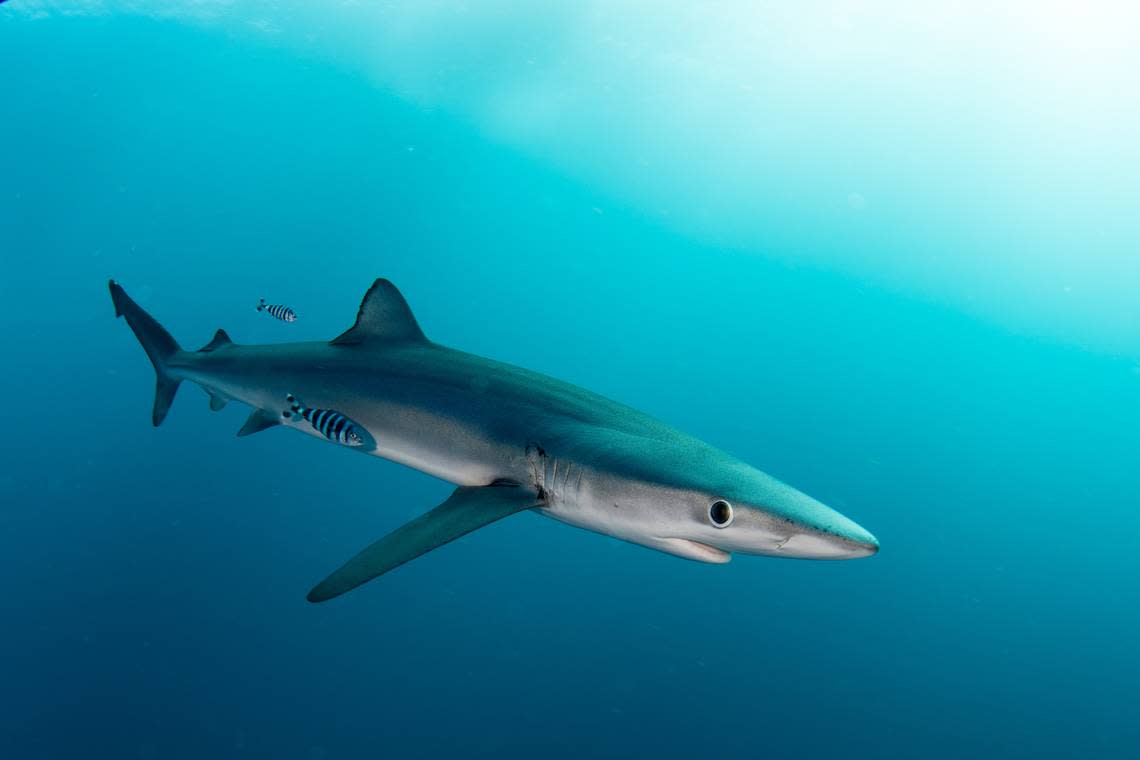
Blue sharks can be identified by their thin body, the dark blue color on the top of their bodies and their white bellies. The sharks typically feed at night and eat fish, red crabs, shrimp and pelagic octopuses.
Bluntnose sixgill shark
Bluntnose sixgill sharks are one of the most widespread species of sharks in the world and are prevalent in deep waters.
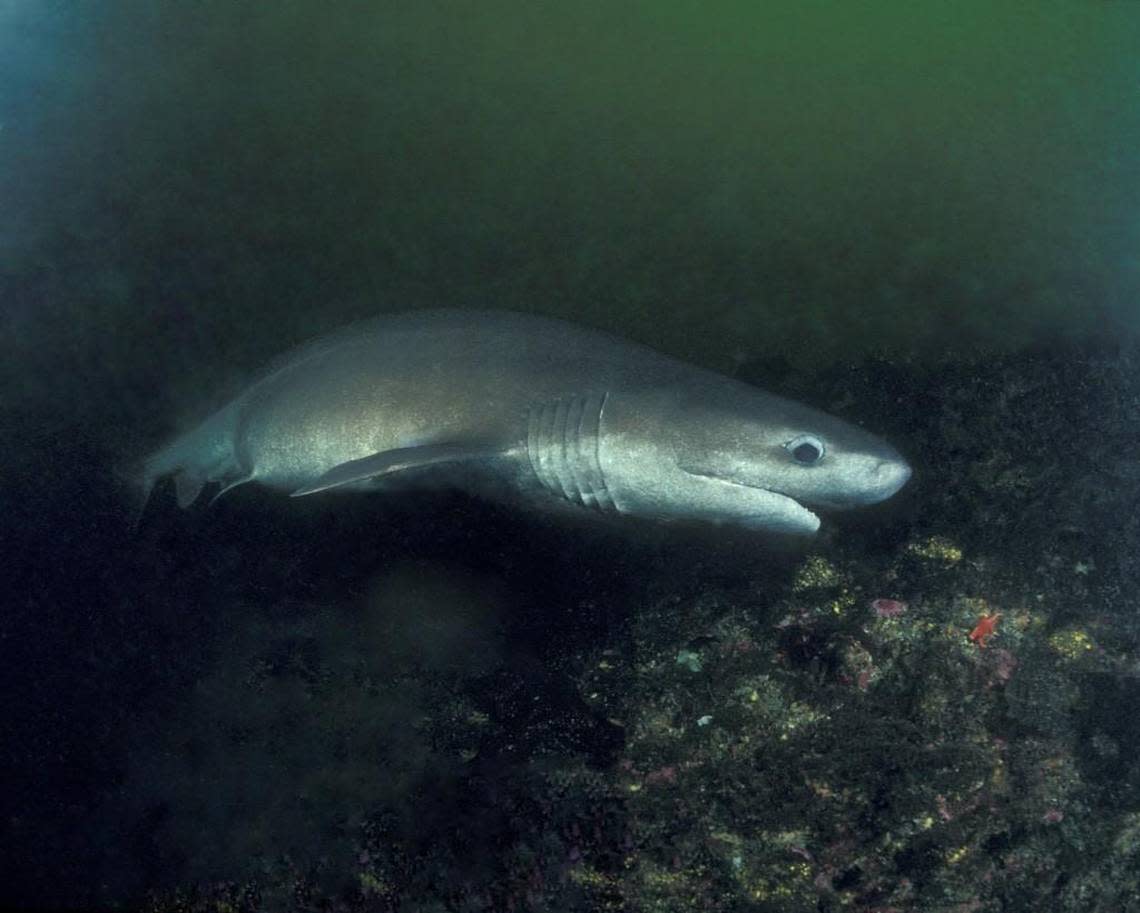
Bluntnose sixgill sharks are large, strongly built sharks that can grow up to 18 feet in length and weigh 1,300 pounds. The sharks can be brown, tan or black with dark spots on their sides. The species gets its name from its six gill slits, as most sharks only have five.
In the Puget Sound, female bluntnose sixgill sharks move into shallow waters to give birth. The sharks also move into shallow water to feed.
Broadnose sevengill sharks
Broadnose sevengill sharks are known for their large bodies and sharp teeth. The sharks can grow up to 9.8 ft in length and weigh over 200 pounds. They are silver-gray or brown and commonly have black and white spots on their fins.
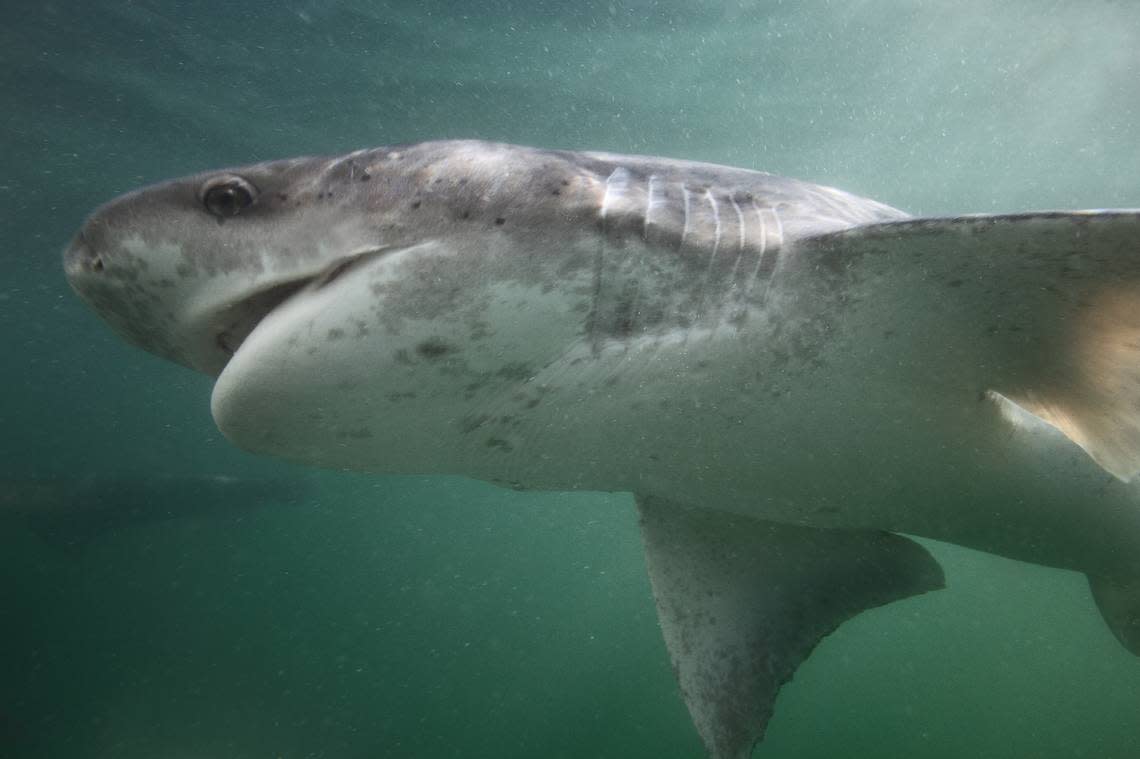
Broadnose sevengill sharks eat many sea creatures including other sharks, dolphins, seals, rays, bony fish, hagfish, and sea snails.
Brown catshark
Brown catsharks are named for their brown coloring and are known for their long, slender bodies. Brown catsharks are some of the smallest species of sharks, as they can grow up to 2.2 feet in length.
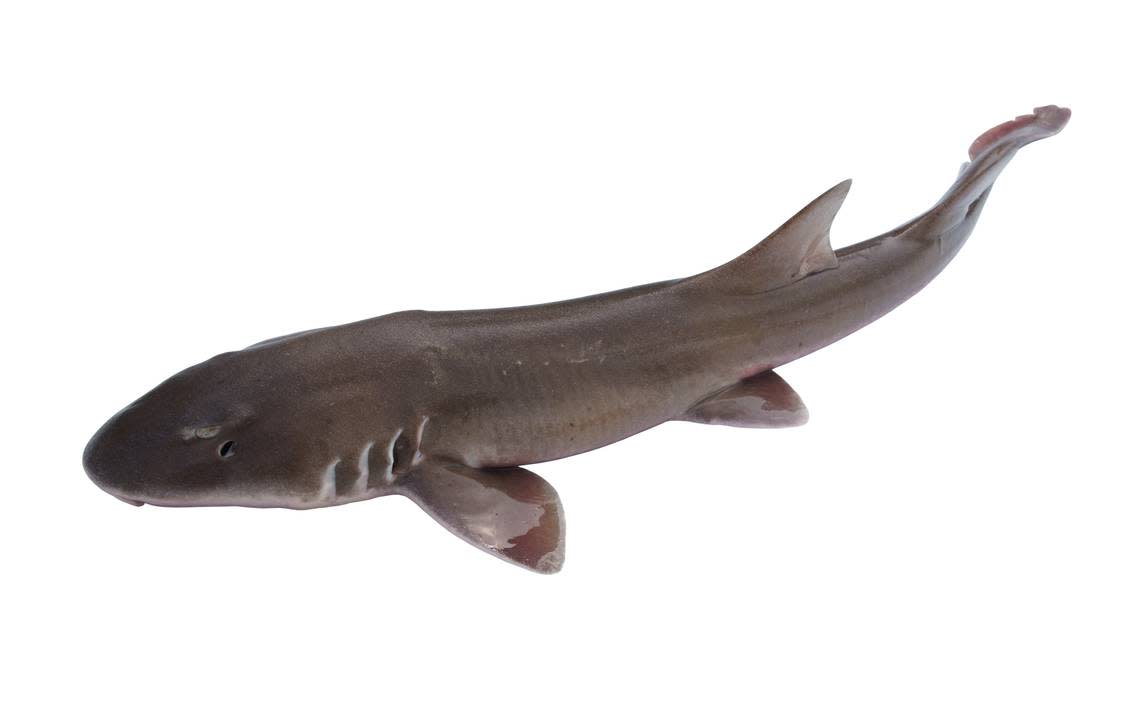
The small sharks are commonly accidentally caught by commercial fisheries or recreational fishers in northern Puget Sound.
Common thresher shark
Common thresher sharks are torpedo-shaped and have a long, thresher-like tail. The sharks can grow up to 20 feet long and weigh 1,100 pounds and are commonly dark green, blue or purplish-gray.
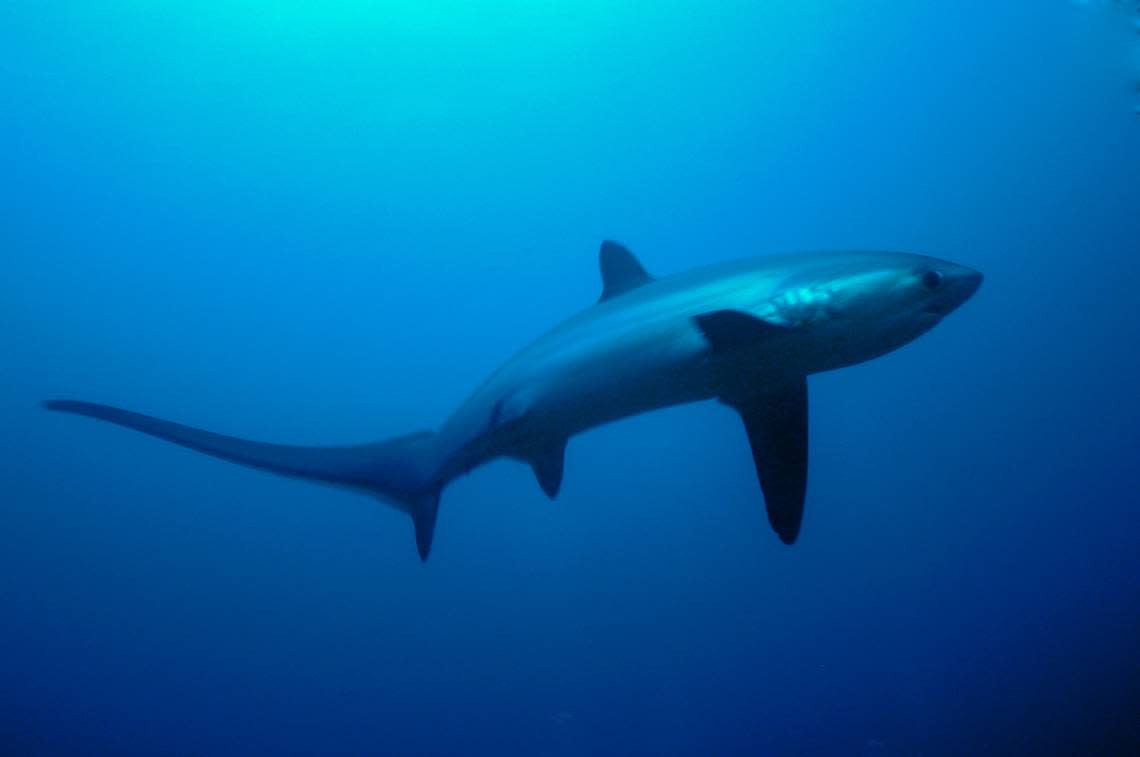
In the late summer and early fall, common thresher sharks travel as far north as Vancouver Island and can be seen in shallow waters along the coast, although they prefer the open ocean.
Salmon shark
Salmon sharks are commonly mistaken for great white sharks because of their dark blue back and white belly, and can grow up to 10 feet long and weigh almost 1,000 pounds.
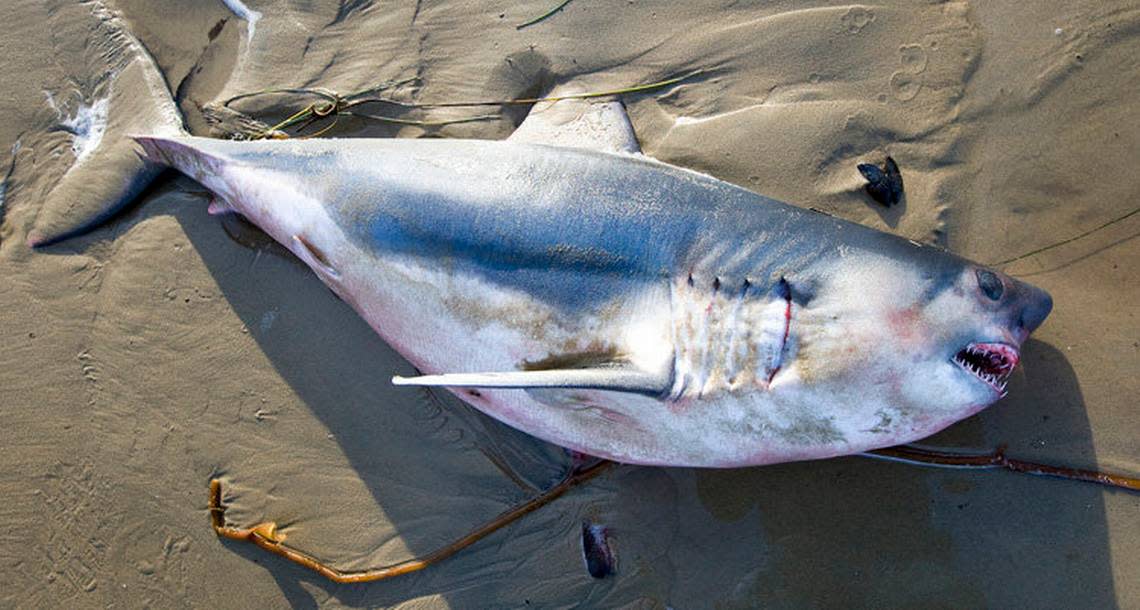
Salmon sharks have been found in shallow waters, as well as waters as deep as 2,192 feet. The shark species will eat whatever is easily available and abundant in their area, but commonly eat salmon, rockfish, squid, Pacific herring and other fish species.
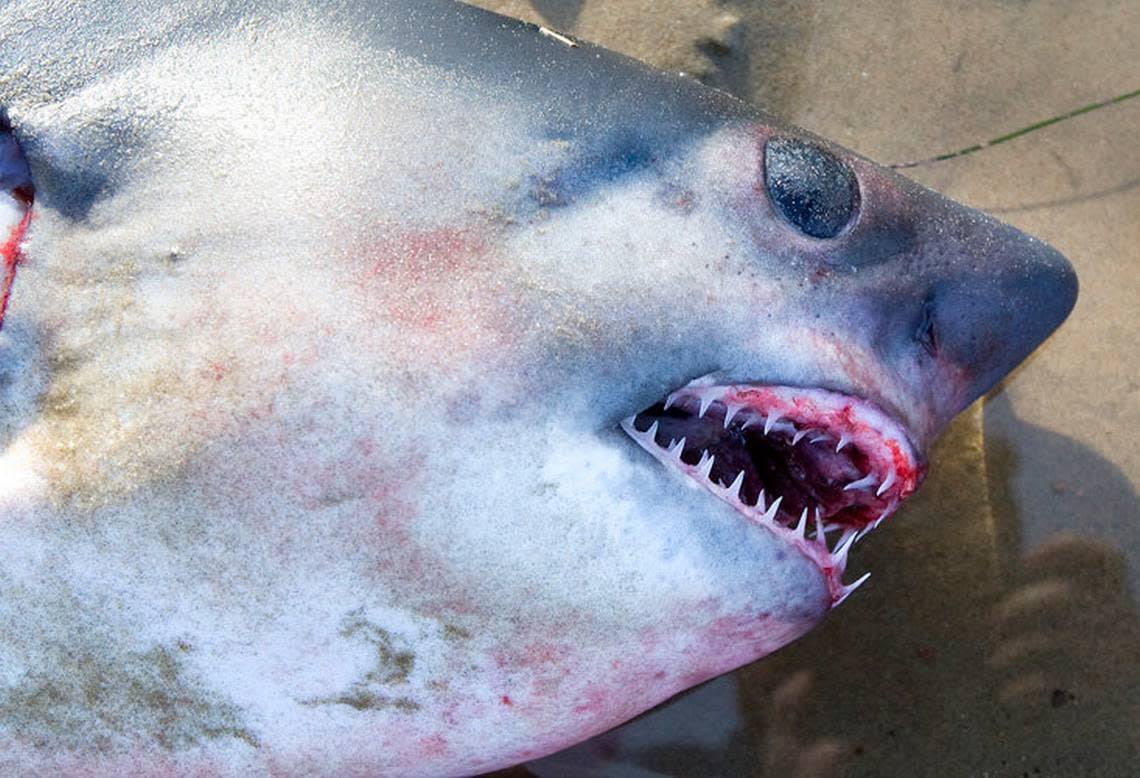
Although the Washington Department of Fish and Wildlife states there are six species of sharks in Washington, Travel Safe-Abroad, a travel website, reports there are 10 species of sharks that have been seen in the Puget Sound.
Other species that the website includes are the spiny dogfish, basking, Pacific angel, Pacific sleeper and the occasional great white shark.
